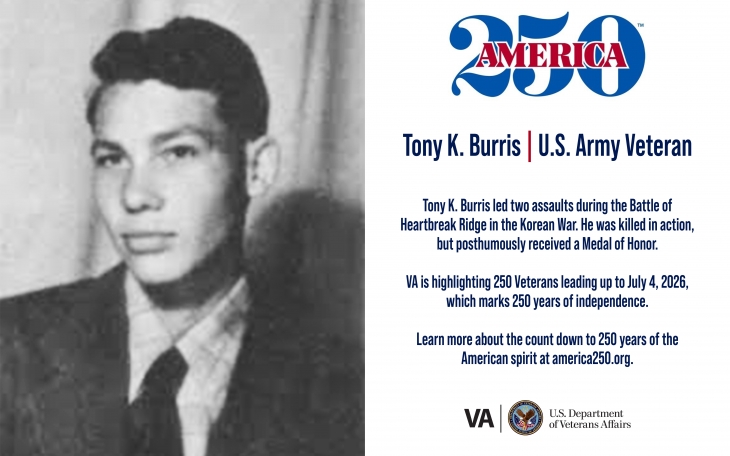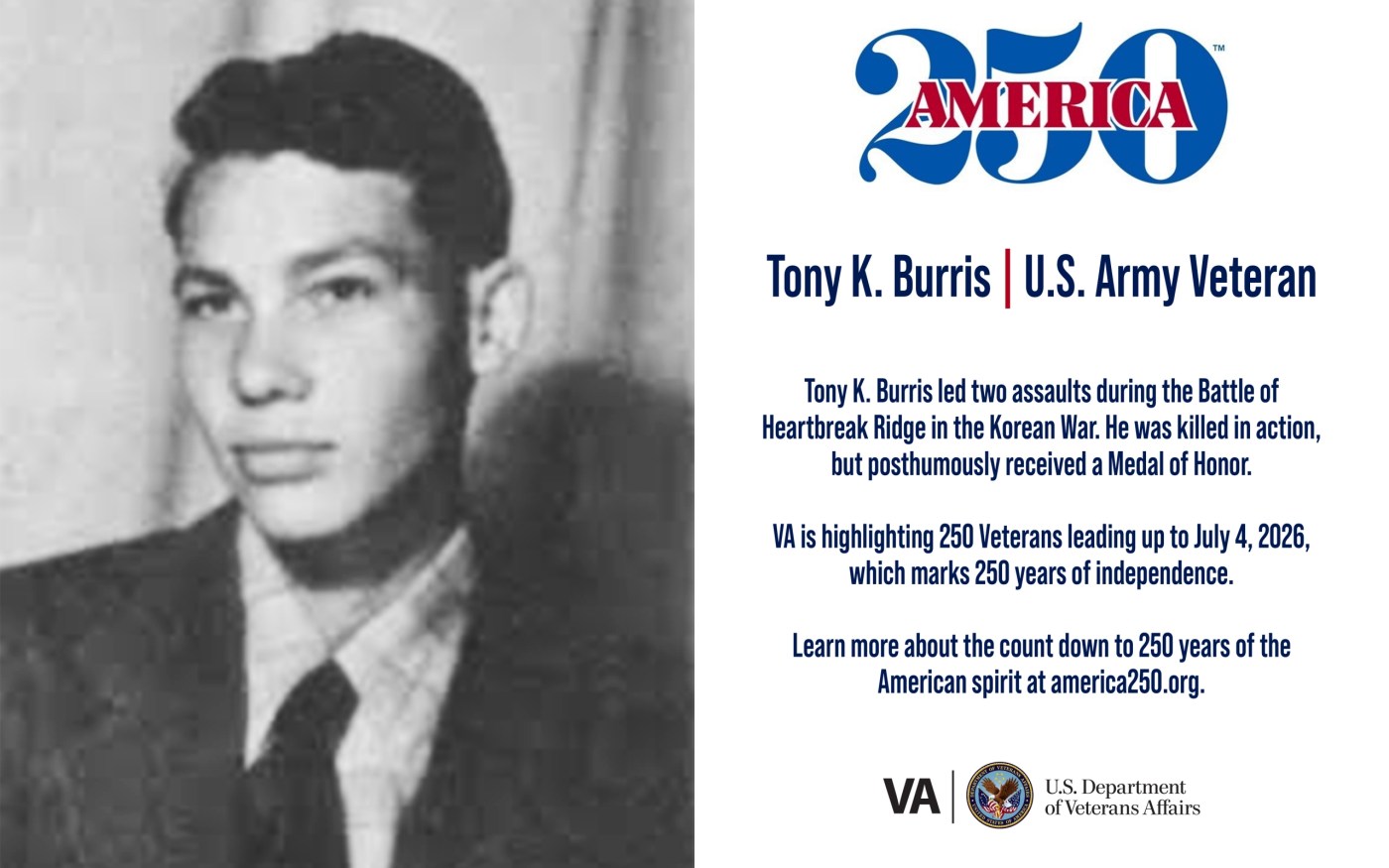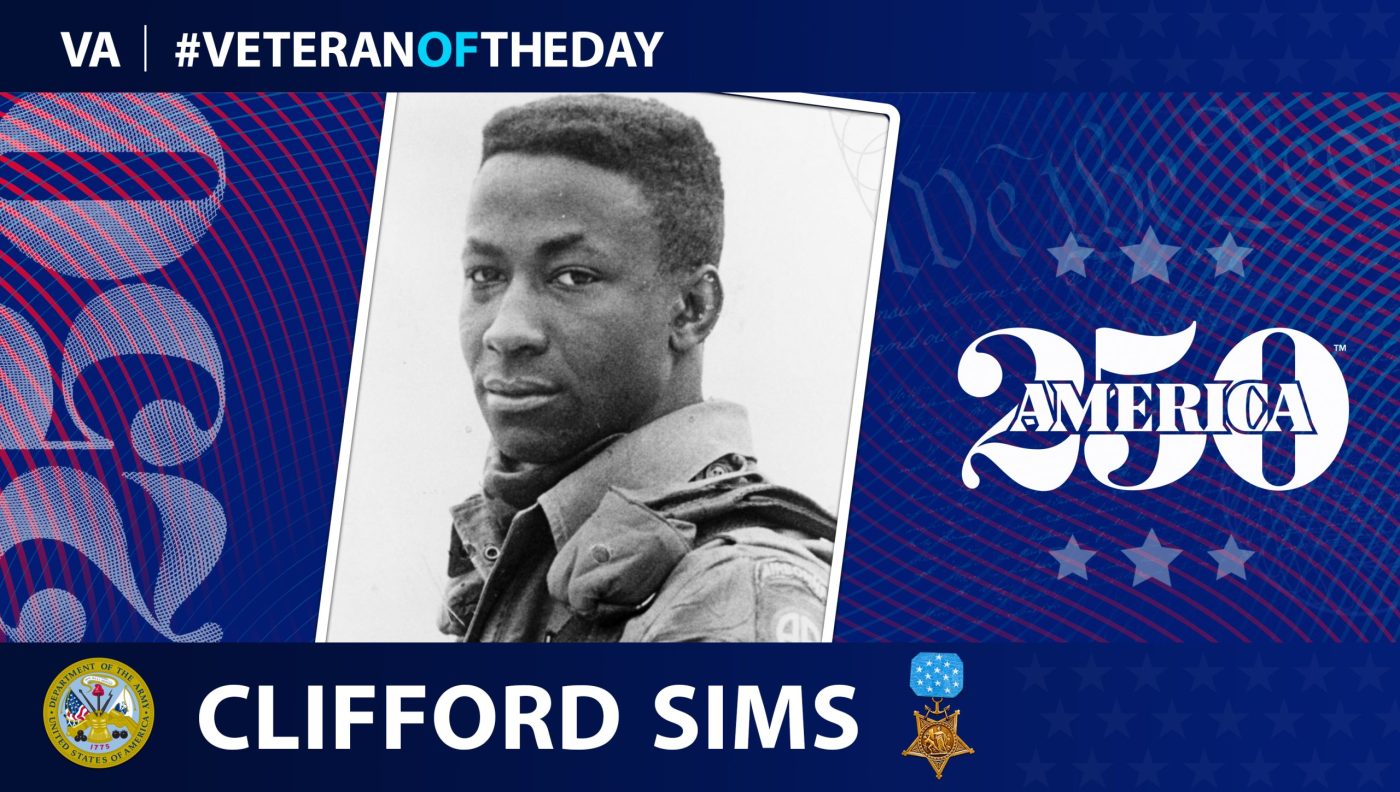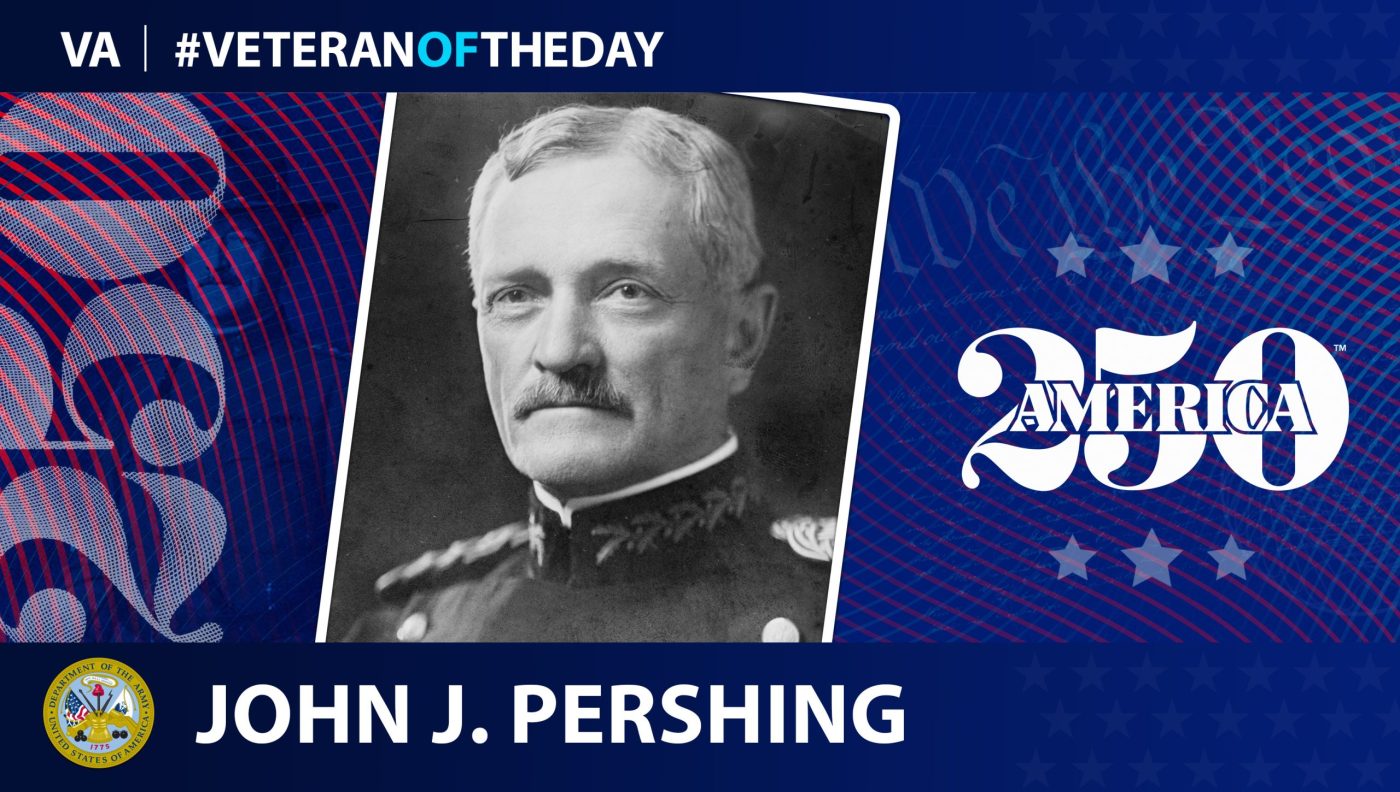
This week’s America250 salute is Army Veteran Tony K. Burris.
Growing up in Blanchard, Oklahoma, Tony K. Burris was a member of the Choctaw Nation. When Burris decided to enlist in the Army in July 1950, it came as a surprise to his family.
“He just went off one weekend and signed up and didn’t tell anybody,” Burris’ sister Loretta Wilson recalled in a 2007 article for The Oklahoman. “We were all shocked when he got back and told us. He felt like he had an obligation to go. He wanted to serve.”
After basic training at Fort Riley, Kansas, Burris went to Fort Belvoir, Virginia, before he deployed to Korea.
Following his arrival, Burris joined Company L of the 3rd Battalion, 38th Infantry Regiment, 2nd Infantry Division. Shortly thereafter, the 38th Infantry went from Pusan to relieve the 21st Infantry along the Naktong River north of the city. The 21st Infantry had been fighting North Korean forces along the Pusan Perimeter. The 2nd Infantry Division was among the first units to cross the Naktong River in the fall of 1950 after the Army began to push back against Korean People’s Army forces. U.S. forces continued to push northward until reinforcements from the Chinese People’s Volunteer Army forced a retreat south of the 38th Parallel.
“I received word from a pretty reliable source the other day that no one from our regiment will be rotated until this new attack is over with,” Burris wrote to his family. “So that will be just that much longer before it becomes my turn…it is so chilly at night—I would hate to spend another winter here.”
By the summer of 1951, the U.S. Army had retreated south as enemy forces advanced across the 38th Parallel. American troops forced them back at the Battle of Bloody Ridge in Gangwon Province. During the ensuing Battle of Heartbreak Ridge on Oct. 8, 1951, enemy forces used heavy gunfire to prevent Burris’ company from advancing. Despite this, Burris continued forward with grenades and destroyed an enemy emplacement, which allowed the company to advance. On Oct. 9, Burris continued to lead assaults on enemy positions on the next ridge.
According to his Medal of Honor citation, Burris deliberately exposed himself to draw hostile fire and reveal the enemy position, which was later destroyed. His company then moved forward to continue the assault and Burris, though now wounded twice, insisted on remaining with them. He single-handedly destroyed two more enemy emplacements before succumbing to severe wounds from enemy fire. Inspired by Burris’ courage, his company overran the remaining enemy positions and secured the strategic Hill 605 position. For his bravery at Heartbreak Ridge, Burris posthumously received a Medal of Honor.
Burris’ remains were brought back to the U.S., and he was buried at Blanchard Cemetery with military honors. In 2007, the Veterans of Foreign Wars post named after Burris sponsored the construction of the Tony K. Burris Memorial in downtown Blanchard.
“Tony Burris helps us remember that freedom ain’t free and never has been, and I predict never will be,” retired Army Gen. Tommy Franks said at the dedication ceremony.
In 2013, the Oklahoma Military Heritage Foundation inducted Burris into the Oklahoma Military Hall of Fame.
We honor his service.
America 250
VA is highlighting 250 Veterans leading up to July 4, 2026, which marks 250 years of independence. Learn more about the count down to 250 years of the American spirit at https://america250.org/.
Contributors
Writer: Sarah Concepcion
Editors: Annabelle Colton and Katherine Adams
Fact Checkers: and
Graphic Designer: Katie Rahill
Topics in this story
More Stories
Today's America250 and #VeteranOfTheDay honors Army Veteran Clifford Sims, who was posthumously the Medal of Honor.
America250 wants you to share your story. We want to hear the story of your service and your reflections on our nation’s past, present and future.
Today's America250 and #VeteranOfTheDay is Army Veteran John J. Pershing, who became General of the Armies of the United States, the highest rank possible for any member of the United States Armed Forces.






